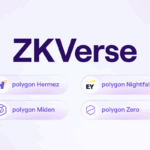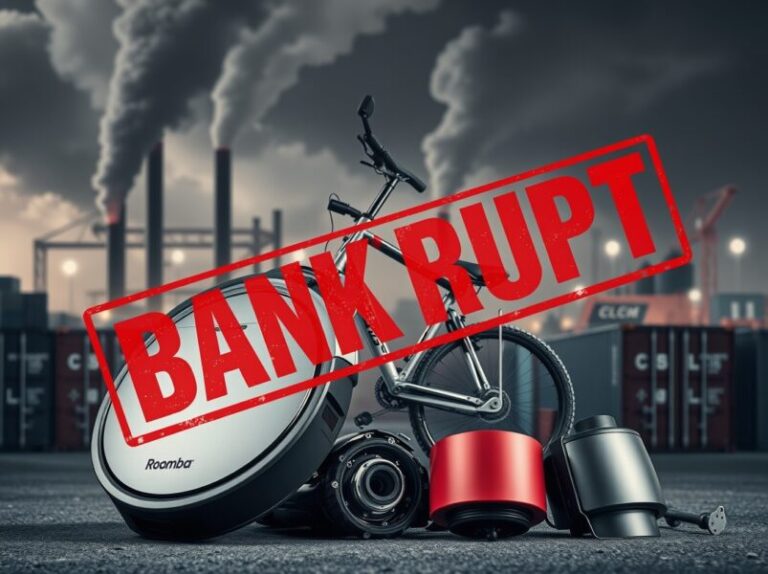Over the past few years, Solana has been both lauded and criticized in equal measure—praised for its lightning-fast throughput and low fees, but scrutinized for recurring network outages that have undermined user confidence. Now, a long-anticipated solution is on the horizon: Firedancer, a new validator client developed by Jump Crypto, is entering final testing stages. But can it really eliminate the reliability issues that have plagued Solana since its inception?
Let’s dive into what Firedancer is, why it matters, and how it could transform Solana’s technical future.
What Is Firedancer? A Game-Changer in Validator Design
At its core, Firedancer is a new independent validator client for the Solana blockchain, built from the ground up in C and C++ by Jump Crypto—a well-known quantitative trading firm with deep expertise in high-performance systems.
Unlike the original Solana Labs client, Firedancer isn’t just a copy-paste alternative. It is a ground-up reimplementation of the Solana validator, designed to handle hundreds of thousands of transactions per second, reduce bugs, and dramatically improve network stability.
“We’re building a second validator client not just to add redundancy but to optimize performance and scale Solana to the next level,” said Kevin Bowers, Chief Scientist at Jump Crypto.
Why Does Solana Need Another Validator Client?
In traditional blockchain ecosystems like Ethereum, multiple clients like Geth, Nethermind, and Besu ensure redundancy, decentralization, and security. Solana, however, has long relied on a single client maintained by Solana Labs, creating a central point of failure.
That fragility has come at a cost. Between 2021 and 2023, Solana experienced numerous partial and complete outages, some lasting for several hours. These weren’t just bugs—they were signs that Solana’s technical stack was too brittle and too centralized in its software development.
With Firedancer, the goal is not just to fix bugs, but to redefine how Solana handles throughput, consensus, and state validation. It represents both a failover mechanism and a performance booster.
Firedancer’s Performance: Early Benchmarks Are Impressive
Preliminary testing of Firedancer has revealed some eye-popping statistics. According to Jump Crypto, internal tests of Firedancer were able to process 1.2 million transactions per second in a simulated environment.
Compare that with:
- Solana’s current peak of ~65,000 TPS on the mainnet
- Ethereum’s ~15 TPS (without rollups)
Of course, these are lab conditions, not real-world performance. But even conservative estimates suggest that Firedancer could make Solana 10x faster and exponentially more robust.
This level of throughput could enable not only high-frequency DeFi trading and NFT minting at scale, but also real-world financial use cases—think payment rails, gaming economies, and on-chain identity—without sacrificing decentralization.
How It Works: Parallelization and Determinism
Firedancer’s architecture is designed around massive parallelization. Traditional blockchain validators often suffer from bottlenecks due to single-threaded processing, but Firedancer distributes workload efficiently across multiple cores, leveraging modern CPU architectures.
Additionally, the client emphasizes deterministic state execution, making it far more resilient to state desynchronizations and replay bugs—issues that have contributed to some of Solana’s past network halts.
By decoupling critical functions like gossip, banking, and block production, Firedancer ensures that even if one component fails, the system as a whole remains stable.
Current Status: Final Testing Underway
As of mid-2025, Firedancer is in its final testing phase on Solana’s devnet. Jump Crypto has confirmed that the client is undergoing rigorous simulations of real-world network activity, including stress tests designed to emulate flash crashes, spam attacks, and consensus divergence.
“We’re making sure this thing doesn’t just work—it has to be battle-hardened from day one,” noted one Jump engineer during a developer call.
Assuming all goes according to plan, Firedancer could launch on mainnet later this year or early 2026, marking a major turning point in Solana’s technical evolution.
Community Reaction: Cautious Optimism
Among developers and validators, excitement around Firedancer is palpable—but it’s tempered by realism. Many see this as the most significant upgrade in Solana’s history, but they’re also aware that execution matters more than promises.
“If Firedancer performs as expected, it could elevate Solana into a new tier of reliability and scalability,” said Brian Long, a core contributor to the Solana Foundation. “But let’s get it live and stable first.”
Some in the Ethereum and Polkadot communities remain skeptical, arguing that monolithic chains like Solana will always struggle with decentralization compared to modular ecosystems. However, if Firedancer delivers on its promise, it could change that perception.
What Comes Next: Beyond Stability
While the immediate goal of Firedancer is to fix stability and throughput, its longer-term impact may be even greater. Having two robust, independent validator clients opens the door to:
- Greater decentralization through validator diversity
- Better failover mechanisms in case of bugs or attacks
- Innovative upgrades without relying on a single dev team
- A new performance ceiling for global-scale blockchain applications
If Solana wants to be the execution layer of the future, Firedancer may be the rocket engine that gets it there.
Final Thoughts: A Critical Moment for Solana
The blockchain world is watching closely. With competitors like Ethereum embracing modular scaling and rollups, and newer chains like Aptos and Sui promising performance breakthroughs, Solana needs Firedancer to work—and work well.
As Firedancer inches closer to mainnet, its success could mean the end of Solana’s long-standing reliability concerns—and the beginning of a new chapter where Solana becomes not just fast, but unbreakably resilient.
Marcus Wearne is a DeFi researcher and crypto educator with a background in quantitative economics. His passion lies in dissecting tokenomics models, governance protocols, and yield strategies. Through his clear, jargon-free writing, Marcus helps both novice and seasoned investors navigate the evolving DeFi landscape with confidence.










